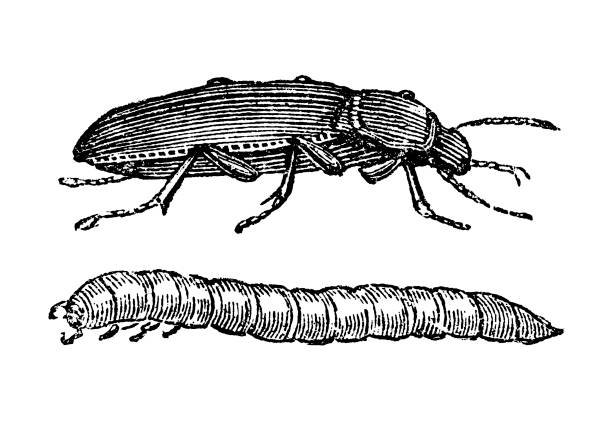

You can also follow our projects through the blog or our books. If you're interested in seeing more of our how-to guides, please visit. When food is scarce, you’ll want livestock that are efficient, take up small spaces, and can easily be hidden.įor more information, view How To: Mealworm Farm Despite traditional knowledge about insects and their harvest in the wild, for the industrial mass production of safe insects and insect products for consumption and for processing into food and feed, the development of rearing, harvest as well as post-harvest technologies is required.If you are looking for a way to raise your own protein cheaply, easily, and with almost no space or infrastructure, look no further than mealworms. Industrial relevance text: With the increasing demand in alternative protein sources worldwide, insects represent an innovative food and feed source rich in high quality protein as well as other beneficial nutritional ingredients such as fat, minerals and vitamins.

Potential and challenges along the production chain of insects for food and feed are discussed based on published data and future research needs are derived from recent literature. In addition, consumer acceptance needs to be established.

Research is required to develop and automatize cost-effective, energy-efficient and microbially safe rearing, harvest and post harvest processing technologies as well as sanitation procedures to ensure food and feed safety and produce safe insect products at a reasonable price on an industrial scale especially in comparison to meat products. Edible insects, a traditional food all over the world, are highly nutritious with high fat, protein and mineral contents depending on the species and thus represent a noteworthy alternative food and feed source and a potential substitute e.


 0 kommentar(er)
0 kommentar(er)
